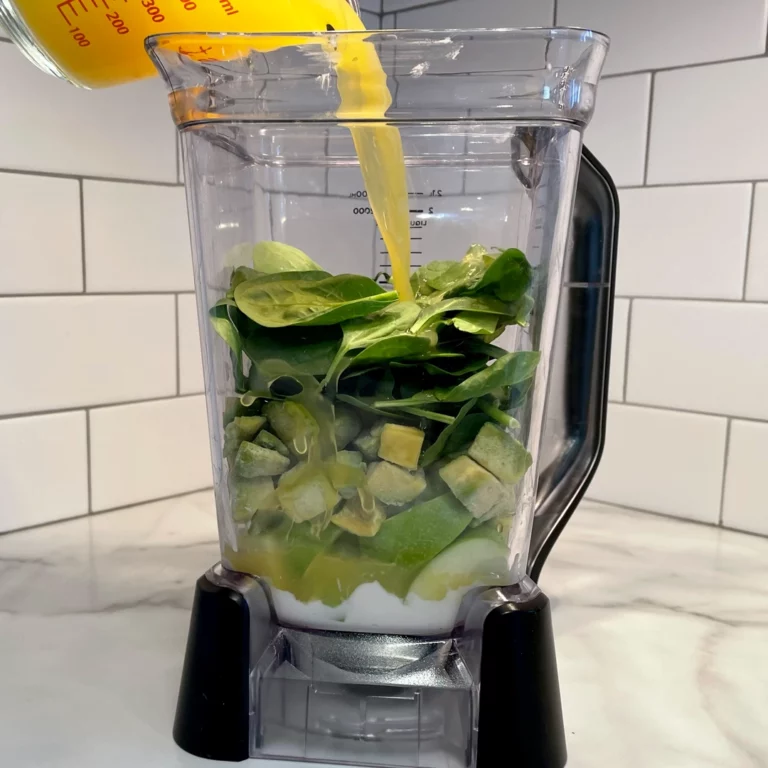Symptoms of Dehydration in the Elderly: Causes, Treatment, and More
Updated 7/19/2021
Dehydration is widely prevalent among older adults.
In fact, it’s one of the top 10 most frequent diagnoses reported for hospitalizations in people aged 65 years or older (1).
Dehydration often leads to poor health and medical outcomes, increased hospitalization, and even premature death.
Therefore, it’s important that caretakers and medical professionals know the signs and symptoms of dehydration in the elderly.
This article highlights the signs and symptoms of dehydration in the elderly, and how you can prevent dehydration from occurring.

What is dehydration?
Simply defined, dehydration is a condition that occurs when you use or lose more water than you take in.
Water plays several important functions in the body, such as:
- temperature regulation
- digestion
- blood flow
- joint lubrication
- waste excretion
- nutrient absorption
- electrolyte balance
Without sufficient water, your body can’t perform these functions properly.
People of all ages can become dehydrated, but older adults are especially at an increased risk.
Dehydration is common in the elderly
Older people are more prone to dehydration due to the various physiological changes that occur in the aging process.
These changes include:
- Decreased thirst mechanism. Everyone has a thirst mechanism that lets you know when it’s time to rehydrate. In the elderly, however, this thirst sensation is lessened (2).
- Less total body water. There is a decrease in lean body mass and increase in body fat with aging. Water makes up a large percentage of lean body mass but only a small percentage of fat mass (3).
- Decreased kidney function. The kidneys’ ability to filter toxins from the blood declines with age. This means the kidneys are less efficient in concentrating urine in less water, meaning older people lose more water (4).
- Cognitive impairment. Healthcare professionals may not perceive cognitively impaired residents in nursing facilities as being at risk for dehydration and tend not to reguarly offer them fluids (5).
Dehydration may also be complicated by many diseased states such as diabetes and mental or physical impairments.
Older people are also likely to take multiple medications, including diuretics and laxatives which can further increase the risk of dehydration (6).
Signs and symptoms of dehydration in older adults
There is no gold standard for diagnosing dehydration in older adults (7).
However, a review of 21 studies found that the most reliable indications of dehydration include (8):
- missing drinks between meals
- expressing fatigue
- lack of armpit moisture
While dark urine color is commonly cited as a symptom of dehydration, it’s an unreliable symptom since urine color can be affected by certain medications or supplements, nutrient intake, and diseases (9).
Other unreliable — but commonly cited — signs and symptoms of dehydration in older adults include dry mouth and thirst.
Ways to keep the elderly hydrated to prevent dehydration
Because older adults are at an increased risk of dehydration, it’s important to inform them about the importance of drinking enough water, even if they don’t think it’s necessary due to decreased thirst sensations.
A fluid intake of 14 mL per pound (30 mL per kg) of body weight or a minimum of 1.6 liters (about 7 cups) per day is recommended for older adults — unless they are on a fluid restriction (10).
Older adults don’t have to drink only water to stay hydrated. Beverages like tea, coffee, fruit juices, milk, and soups all contribute to overall fluid intake.
Finding out what temperature they enjoy — hot drinks to cold, or the other way around — can also help.
Older adults can also get hydration from the foods they eat. The best choices are fruits and vegetables, which contain about 90% water, and lean meats.
The bottom line
Dehydration is highly prevalent among older adults and often leads to poor health outcomes and increased mortality.
Older people are more likely to become dehydrated due to the natural aging process, diseases like diabetes, as well as a side effect from medications like diuretics or laxatives.
Assessing fluid intake, fatigue, and armpit moisture may be the most reliable indicators of dehydration.
In addition to plain water, older adults can meet their fluid needs through other beverages and by increasing their intake of foods high in water.






